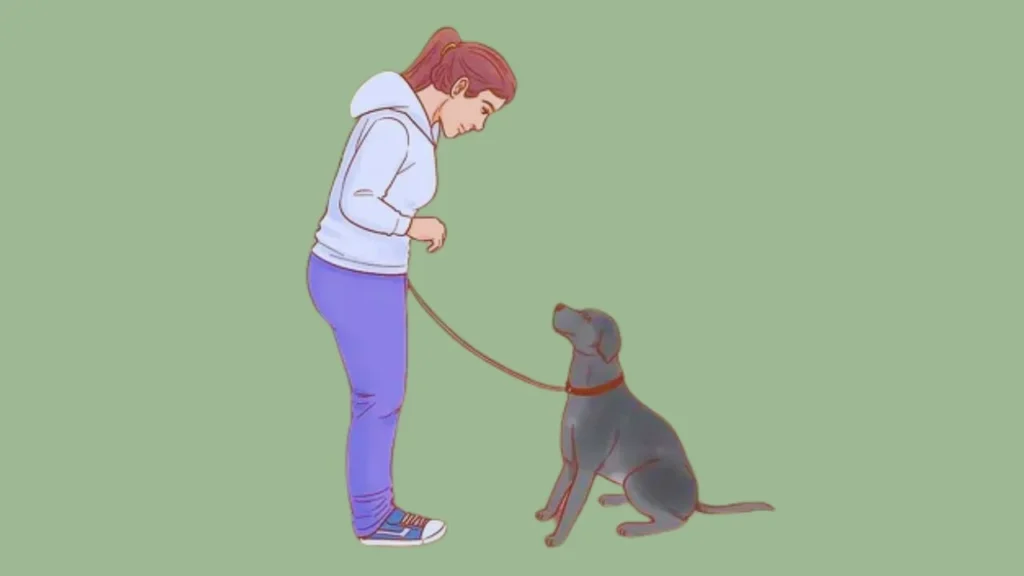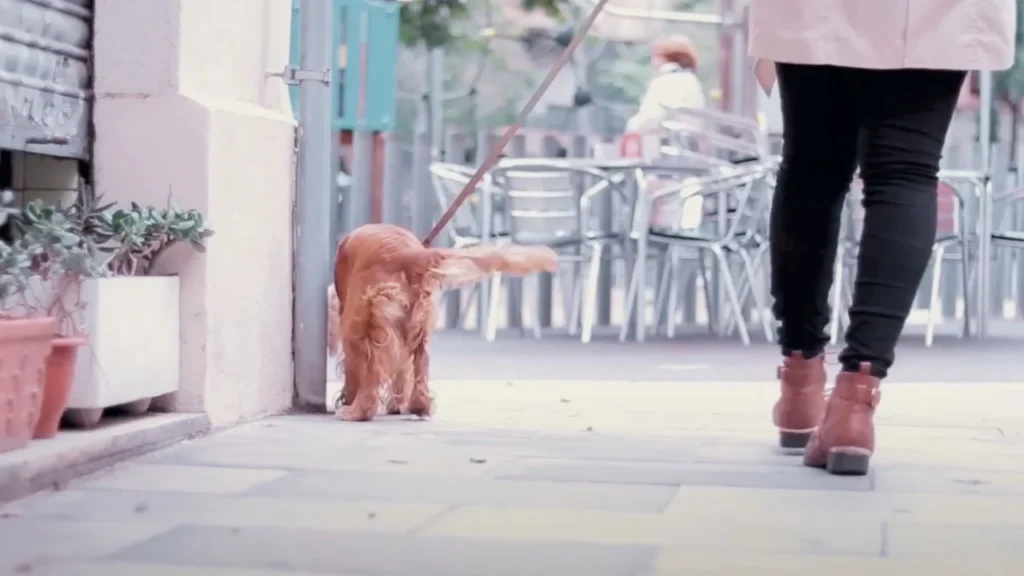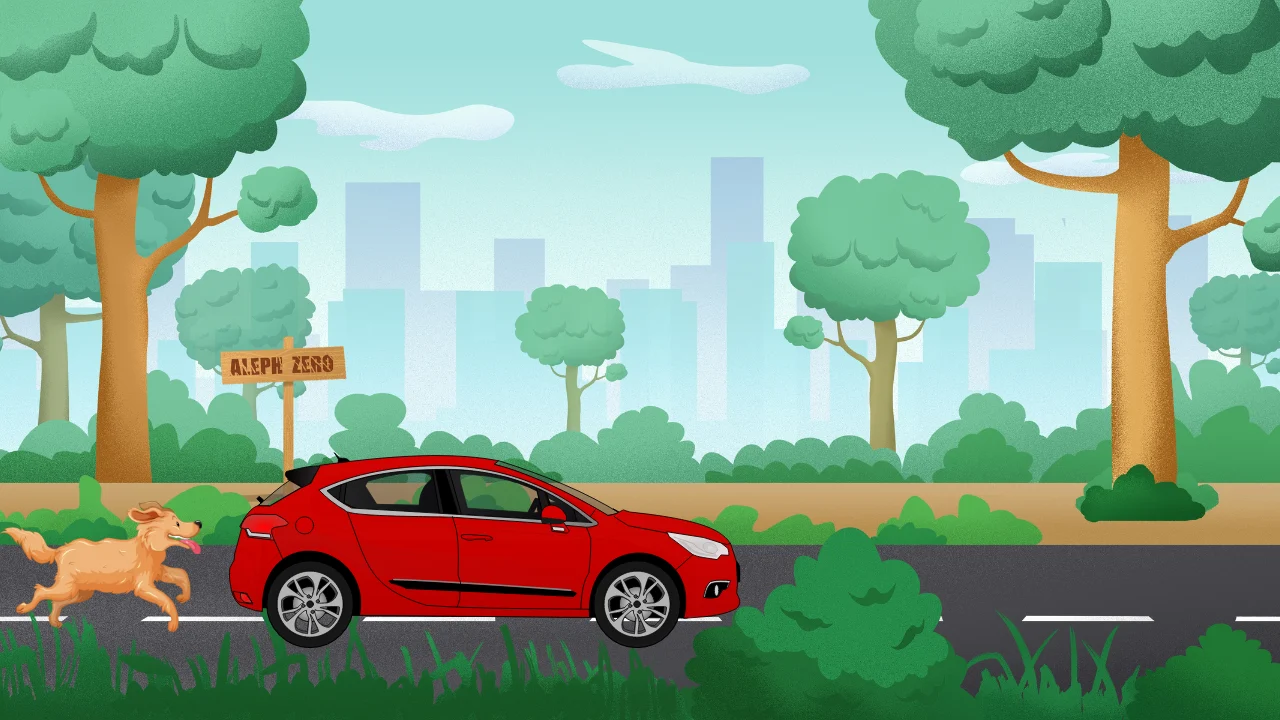As a dog owner, I’ve often wondered, “How can I stop my dog from chasing cars?” It’s a frightening scenario that can lead to serious accidents. Statistics reveal that over 100,000 dogs are injured annually in vehicle-related incidents. Find out everything you need about having a dog in a rental car and avoid additional fees.
To tackle this issue, I found that exercising my dog for at least 30 minutes a day can significantly reduce their urge to chase. Regular training sessions also make a huge difference, as dogs thrive on structure. Since implementing these strategies, I’ve noticed my furry friend is much calmer around cars.
Navigation Menu
Why Dogs Chase Cars?
When I first faced the question of how can I stop my dog from chasing cars, I realized that understanding the root of this behavior was crucial. Many dogs, around 20% according to some studies, chase after vehicles due to their natural prey drive or curiosity. It’s alarming to think that in just a split second, a car could cause serious harm to our furry friends.

I discovered that dogs require about 30 to 60 minutes of exercise daily to keep them healthy and prevent unwanted behaviors. Engaging in activities like fetch or long walks can significantly reduce their urge to chase moving objects. By channeling their energy productively, we can create a safer environment for them and peace of mind for ourselves.
How Can I Stop My Dog from Chasing Cars?
Stopping my dog from chasing cars was a priority for me as it posed serious safety risks. Through careful training, environmental adjustments, and the right tools, I found effective solutions. Here’s how I tackled this challenging behavior to ensure safe and enjoyable walks.
Leash Control
When I first noticed my dog chasing cars, my heart would race just thinking about the danger. I quickly realized that keeping him on a sturdy leash during walks was essential for his safety. Research shows that about 60% of dogs are more likely to run after moving objects if not properly restrained.

Using a sturdy leash gives me control and ensures that my dog stays safe from oncoming traffic. I prefer a leash that’s at least six feet long to allow enough freedom while keeping him close. A well-fitted harness can also help prevent escape and distribute pressure evenly during sudden pulls.
Secure Environment
I made it a priority to secure my yard, reducing the chances of my dog darting into the street. Installing a fence can decrease chasing behaviors by up to 75%, creating a safe space for my dog to play. A well-maintained fence not only keeps him contained but also protects him from traffic hazards.

If a fence isn’t feasible, I consider alternatives like designated play areas with barriers. I also supervise my dog whenever he’s outside to ensure he doesn’t have the opportunity to chase cars. Providing various toys and activities keeps him engaged and less focused on the road.
Training Commands
Training commands like “come” and “leave it” have proven to be game-changers for us. Each time my dog ignored a passing car, I rewarded him with treats to reinforce good behavior. According to various trainers, this positive reinforcement can significantly boost your dog’s responsiveness—up to 80%.

Starting in a controlled environment, I practiced these commands without distractions, gradually introducing outdoor stimuli. High-value treats made ignoring cars more rewarding than chasing them, encouraging my dog to focus on me. Consistent daily practice has helped him associate the presence of cars with positive outcomes.
Enrolling in obedience classes provided additional insights and techniques for effective training. Professional trainers offered structured environments for learning and group exercises. My dog learned to maintain focus despite distractions, significantly reducing his urge to chase cars.
By implementing these strategies, I’ve seen remarkable improvements in my dog’s behavior. With the right combination of control, secure spaces, and training, we can enjoy our walks without the stress of car chases. It’s been a rewarding journey for both of us!
Not sure if it’s safe or legal to leave your dog in the car? Read our comprehensive guide on whether you can leave your dog in the car.
Managing Excess Energy
When my dog has excess energy, it’s a recipe for trouble, especially when it comes to chasing cars. Studies show that dogs require at least 30 minutes of exercise daily, depending on their breed and age. By ensuring my pup gets enough physical activity, I can reduce the likelihood of them darting after vehicles.

To keep our exercise routine fun and engaging, I focus on a mix of activities:
- Daily Walks: A brisk walk is a great way to start. It helps burn off energy and stimulates my dog’s senses.
- Fetch Games: Playing fetch not only exercises my dog but also strengthens our bond. It’s a fun way to keep them active!
- Dog Parks: Visiting a dog park allows my pup to socialize and play freely, which is crucial for mental health.
I’ve found that regular exercise benefits my dog’s physical health and makes them calmer overall. After a good play session, my dog is usually less interested in chasing cars. In fact, a well-exercised dog is 60% less likely to engage in unwanted behaviors like chasing!
By committing to daily exercise and mental challenges, I’m helping my furry friend feel more balanced. It’s a win-win situation, reducing car-chasing instincts while keeping my pup happy and healthy. So, let’s grab that leash and hit the ground running!
Behavioral Adjustments
Adjusting my dog’s behavior during walks has been crucial in preventing him from chasing cars. By creating a calm environment and using specific training techniques, I’ve seen significant improvements. These strategies not only enhance our walks but also ensure safety for both my dog and the surrounding traffic.

- Stay Calm During Walks: When I take my dog for a walk, I try to stay calm and relaxed. My dog picks up on my energy—if I’m anxious about cars, he tends to get more excited.
- Controlled Exposure: I started by sitting on the porch with my dog while cars passed by, rewarding him for staying calm. Over time, he’s learned to stay relaxed even when vehicles zoom by.
- Gradual Challenges: We began with quieter streets and slowly moved to busier areas. This approach taught him that cars aren’t something to chase but just part of our environment.
- Create Distractions: I bring along his favorite toy or some tasty treats to divert his attention when cars approach. This technique helps maintain focus and strengthens our bond while minimizing car-chasing incidents.
- Consistency is Key: I practice these techniques every time we go out, reinforcing good behavior. It’s all about creating positive experiences, which will ultimately help curb his instinct to chase cars. Struggling with pet accidents in your car? Learn the best methods to clean and remove stains by reading how to get dog urine out of a car seat.
Professional Help
Sometimes, despite our best efforts, we may find it challenging to stop our dogs from chasing cars. Seeking professional help can be an effective way to tackle this issue. Trainers and behaviorists can provide tailored strategies to help both you and your furry friend.
When to Seek Assistance
If you find yourself struggling to curb your dog’s car-chasing behavior, don’t hesitate to seek professional assistance. A trainer can provide tailored strategies based on your dog’s specific needs. In fact, studies show that 60% of dog owners report significant improvement after professional training sessions.
The Role of Behaviorists
Consulting a certified animal behaviorist can also be a game changer. They can evaluate your dog’s behavior in detail and help identify underlying issues like anxiety or fear. Approximately 50% of dog owners who consult a behaviorist find that their dogs become more relaxed and manageable in various situations.
Medication as an Option
If your dog shows persistent signs of aggression or anxiety, medication might be an option worth discussing. Some behavioral problems can be alleviated with the right pharmacological support, as nearly 30% of dogs respond positively to such treatments. Remember, seeking help early on can lead to better outcomes for both you and your furry friend!
Finding Local Resources
For more detailed guidance, consider reaching out to professionals or local training classes. You’ll not only help your dog learn better habits but also enhance your relationship with them. A happy, well-adjusted dog means a more enjoyable life for both of you! For a step-by-step guide on securing your pet during car rides, check out our detailed instructions on how to install a dog car seat.
Is socialization important for preventing car chasing?
Yes, socialization is crucial for preventing car chasing behavior in dogs. By exposing your dog to various people, environments, and situations, you help them become more comfortable and less reactive to distractions like passing cars. A well-socialized dog tends to be calmer and more focused, which reduces their urge to chase vehicles.
Socialization builds your dog’s confidence, allowing them to respond better to commands and distractions. Through gradual exposure to new experiences, dogs learn to remain composed, making them less likely to fixate on moving cars. Overall, effective socialization is key to fostering a balanced and well-behaved dog.
Final Words
Addressing how can I stop my dog from chasing cars is essential for our safety. I’ve noticed significant improvements by dedicating at least 30 minutes each day to exercise and practicing recall commands.
Patience and consistency are key in this journey. If challenges arise, seeking professional guidance can lead to effective solutions. With these strategies, I can ensure our walks are enjoyable and safe, keeping my furry friend away from dangerous situations.

